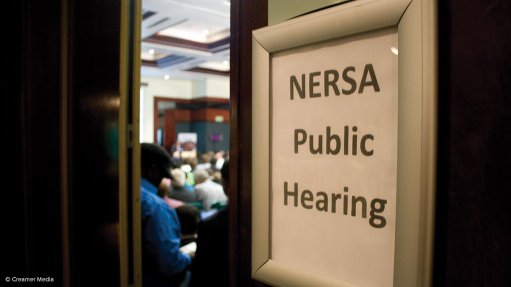Design flaws in wind turbine foundations may prove costly, says engineering firm


DIFFERENT STROKES Turbine foundations are designed for site-specific conditions, and the lack of clear consensus in international design codes is a problem
While wind turbines are standard products that are designed, verified by prototype testing and independently certified, their foundations are designed on a project-by-project basis to suit site-specific ground conditions. This, according to engineering consulting firm Arup, makes wind turbine foundations one of the most high-risk, project- specific design elements in wind farm development.
Arup renewable energy leader Justin Wimbush explains that the foundations are subject to highly dynamic, concentrated loading and, as a result, designs are often driven by issues that are not common in typical civil engineering structures.
Further, as there is no internationally available and comprehensive code guidance for wind turbine foundations, designers must correctly incorporate a number of different local and international design codes, which requires a very detailed understanding of the background to both local and international codes.
Wimbush explains that, when applying design codes, problems often arise owing to code ambiguities or code exclusions. Gaps in codes – such as the South African SANS 10100-1 standard, which does not cover fatigue – and a lack of code compatibility – such as the fatigue provisions of Eurocode 2, compared with the SANS standards, which are less onerous in terms of fatigue – are also problematic.
He points out that many foundation design issues occur through fatigue, which accumulates over time, owing to dynamic loading. Consequently, problems are more likely to become apparent once the designer liability period has lapsed. The owner and investors are therefore most at risk if any problems do arise.
Wimbush says the effective, long-term remediation of foundation problems often results in foundation replacement, including decommissioning and re-erection of the turbine, sometimes with associated turbine warranty issues.
The interaction between the turbine manufacturer and the foundation designer is another area of particular risk. This is often complicated by differing disciplines and languages. Assumptions, which appear reasonable to the party making them, can lead to incompatibility in the design.
Wimbush explains that a turbine manufacturer will often be contracted to provide a turbine with a 20-year design life, while the foundation designer will be contracted to design a foundation for a 25-year design life. Fatigue loading data is then passed from the turbine manufacturer to the foundation designer, who, in the absence of any statement on design life, assumes the data applies to 25 years of loading.
Therefore, to avoid the high cost of remediation, detailed knowledge of local and international codes is essential to the design team, as is open dialogue between the wind turbine manufacturer and the foundation designer from the start of the project, which ensures that all assumptions are clarified and the necessary tests and reviews are undertaken.
Arup is a multidisciplinary engineering consulting firm, providing wind farm design as well as a range of renewable-energy consulting and related services.
Comments
Press Office
Announcements
What's On
Subscribe to improve your user experience...
Option 1 (equivalent of R125 a month):
Receive a weekly copy of Creamer Media's Engineering News & Mining Weekly magazine
(print copy for those in South Africa and e-magazine for those outside of South Africa)
Receive daily email newsletters
Access to full search results
Access archive of magazine back copies
Access to Projects in Progress
Access to ONE Research Report of your choice in PDF format
Option 2 (equivalent of R375 a month):
All benefits from Option 1
PLUS
Access to Creamer Media's Research Channel Africa for ALL Research Reports, in PDF format, on various industrial and mining sectors
including Electricity; Water; Energy Transition; Hydrogen; Roads, Rail and Ports; Coal; Gold; Platinum; Battery Metals; etc.
Already a subscriber?
Forgotten your password?
Receive weekly copy of Creamer Media's Engineering News & Mining Weekly magazine (print copy for those in South Africa and e-magazine for those outside of South Africa)
➕
Recieve daily email newsletters
➕
Access to full search results
➕
Access archive of magazine back copies
➕
Access to Projects in Progress
➕
Access to ONE Research Report of your choice in PDF format
RESEARCH CHANNEL AFRICA
R4500 (equivalent of R375 a month)
SUBSCRIBEAll benefits from Option 1
➕
Access to Creamer Media's Research Channel Africa for ALL Research Reports on various industrial and mining sectors, in PDF format, including on:
Electricity
➕
Water
➕
Energy Transition
➕
Hydrogen
➕
Roads, Rail and Ports
➕
Coal
➕
Gold
➕
Platinum
➕
Battery Metals
➕
etc.
Receive all benefits from Option 1 or Option 2 delivered to numerous people at your company
➕
Multiple User names and Passwords for simultaneous log-ins
➕
Intranet integration access to all in your organisation



















